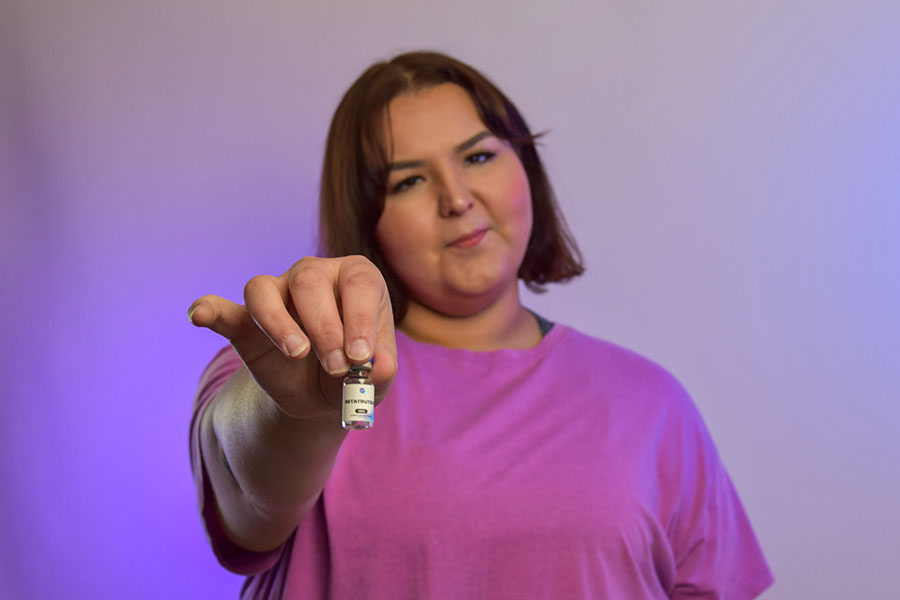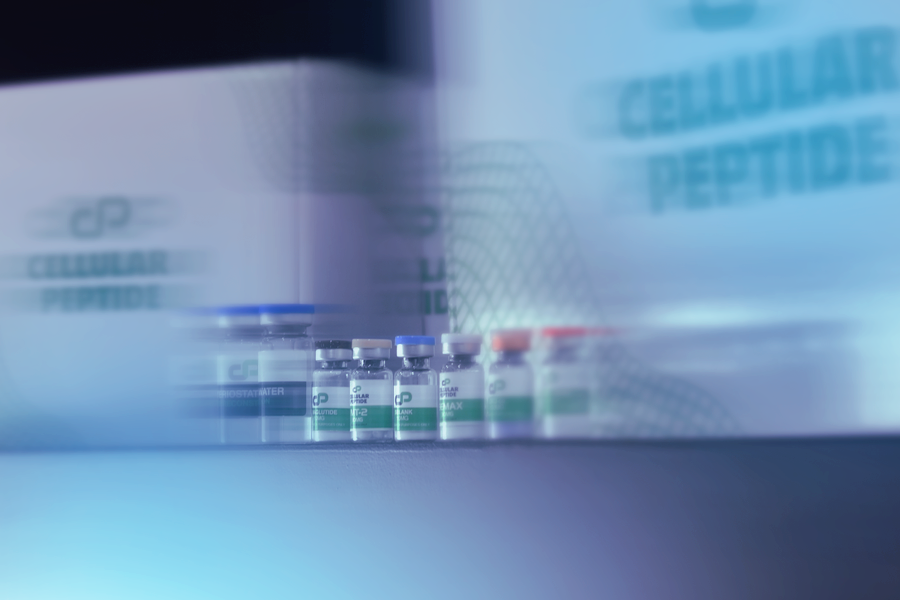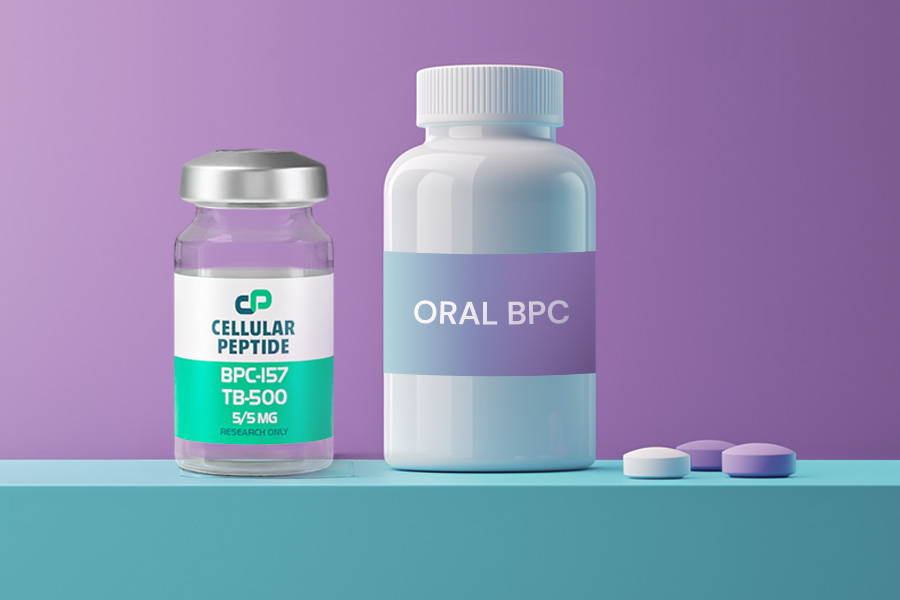


Slow healing can occur even with proper rest and healthy habits. This article explains how the body’s repair process works, why healing can stall, and what research suggests about supporting recovery—without making medical promises.

Runner’s knee often appears without a clear injury, making recovery feel confusing and slow. This article explains what runner’s knee really is, why knee pain shows up during or after running, and why recovery timelines vary using research-based, non-promissory guidance to help runners better understand their symptoms and options.

Burnout is not just mental. Research suggests chronic stress may disrupt immune regulation, increase inflammation, and slow the body’s natural healing processes. This article explains how stress and inflammation interact, why recovery feels slower under prolonged stress, and how clinically guided approaches may support responsible recovery.
.jpg)
Inflammation is your body’s natural defense and repair process, but when it becomes chronic, it can harm your health. This article explains what inflammation is, what causes it to linger, and simple, science-backed ways to reduce it naturally through diet, movement, sleep, and balanced lifestyle habits.

Retatrutide is the next generation of GLP-1 therapy — a triple-action peptide that targets three key metabolic pathways at once: GLP-1, GIP, and glucagon receptors. This unique combo helps your body eat less, burn more, and hold onto lean muscle while losing fat. Unlike older options like Semaglutide or Tirzepatide, Retatrutide doesn’t just suppress appetite — it also boosts energy burn and improves nutrient use. When paired with Nuri’s complete program — including Nutrient Booster Paks for gut health and clinician guidance — it creates a sustainable, full-body approach to weight loss that actually lasts.

Peptides like BPC-157, TB-500, and GHK-Cu are gaining attention for their potential to support joint health, mobility, and inflammation management. While they aren’t treatments for arthritis, research suggests these compounds may help the body repair soft tissue, improve blood flow to joints, and maintain connective tissue integrity. When paired with strength work, nutrition, and expert guidance, peptides can be a powerful tool for staying mobile and resilient—especially for those managing chronic joint stress or old injuries.

This educational blog breaks down the most common peptides based on user goals—like weight management, injury recovery, muscle optimization, libido, and mental clarity. Unlike synthetic hormones, peptides support the body’s own signaling systems, often operating within self-limiting feedback loops. The article outlines how to match your goals to specific peptides and what to look for when sourcing them safely.

This article explores Thymosin Beta-4 (Tβ4), a naturally occurring peptide released in response to tissue injury. While stem cell therapies have traditionally focused on cell replacement, emerging research suggests their true value lies in the signals they emit — and Tβ4 appears to be one of the most critical. The 2008 Hinkel study demonstrated that when stem cells were stripped of Tβ4, their protective benefits disappeared — but reintroducing Tβ4 alone restored those effects. A 2015 review reinforced the idea that stem cells act via their “secretome,” with Tβ4 at the center of that signaling cascade. The article also introduces TB‑500, a synthetically optimized analog of Tβ4 used in clinical peptide protocols. It may help support blood vessel growth, cellular migration, inflammation modulation, and tissue remodeling — without introducing new cells. Bottom line: in regenerative science, direction matters as much as raw materials. Tβ4 — and its analog TB‑500 — may offer a non-cell-based way to tap into the body’s natural recovery signals.

When tissue injury occurs in the body, an innate part of our immune system is activated, stimulating the cascade responsible for what we call “inflammation.” Inflammation is a natural process that our bodies perform in response to tissue damage and is marked by five key indicators: redness, heat, pain, swelling, and loss of function [1]. This process is designed to protect the injured area from increased damage by increasing blood supply in that location. As blood supply increases, cells swell up, mobility decreases, the skin becomes warm, and movement of the area causes pain.

BPC-157 is a peptide being researched for its potential to support recovery across muscles, joints, tendons, bones, and the digestive system. Early studies suggest it may promote tissue repair, reduce inflammation, and help the body’s natural healing processes in areas such as ligament injuries, bone fractures, and nerve damage. While not FDA-approved and requiring more human research, BPC-157’s wide range of studied effects makes it a peptide of interest for those exploring recovery support options.

Peptides like BPC-157 are gaining popularity for their potential in supporting the body’s healing and regenerative processes, but there’s a lot the average buyer doesn’t know. This article breaks down what BPC-157 is — a synthetic peptide derived from a natural stomach protein — and highlights the difference between over-the-counter research products and clinically guided programs. Most online BPC-157 is sold “for research use only” with no safety oversight, purity verification, or human-use protocols. In contrast, medically supervised programs like Nuri’s ensure GMP sourcing, cold-chain handling, and clinician review.However, most BPC-157 sold online is intended for lab use — not human protocols. These products often lack quality control and can pose safety risks. The blog emphasizes the importance of clinical oversight, proper manufacturing standards, and understanding what terms like “IRB-reviewed” actually mean. It also outlines how Nuri handles peptides under clinician supervision, using cold-chain shipping and third-party purity testing. While research is promising, BPC-157 remains investigational and should only be used under medical guidance.

BPC-157 is rapidly gaining recognition for its remarkable healing properties, particularly when it comes to repairing tissues and reducing inflammation. However, not all BPC-157 products are created equal. If you’re dealing with chronic or acute injuries, understanding the difference between oral and injectable BPC-157 is crucial in choosing the most effective form for your recovery.